What if the energy released when freight trains slow or stop could be applied to carbon capture technology?
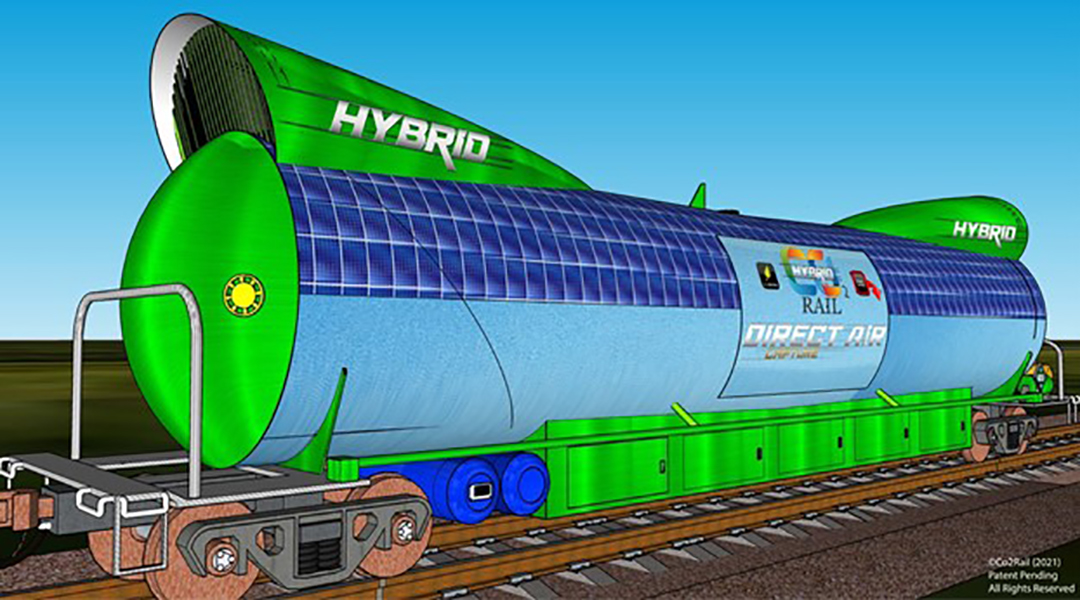

What if the energy released when freight trains slow or stop could be applied to carbon capture technology?

Through teamwork and respect, Isaacs is forming lasting relationships with his students and building a community around dance.
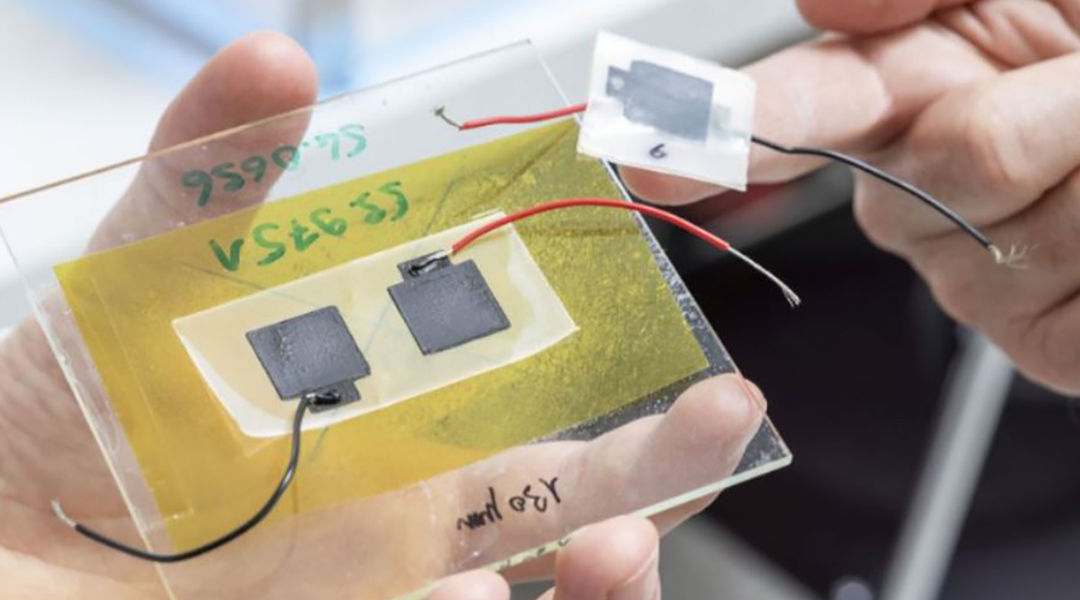
Researchers build a biodegradable mini-capacitor that consists of carbon, cellulose, glycerin, and table salt — and it works reliably.

New milestone in fusion energy made with China’s HL-2M Tokamak reactor.

The relationship between climate action and our shared cultural heritage is often overlooked, though no less important when it comes to building resiliency and adapting to climate change.
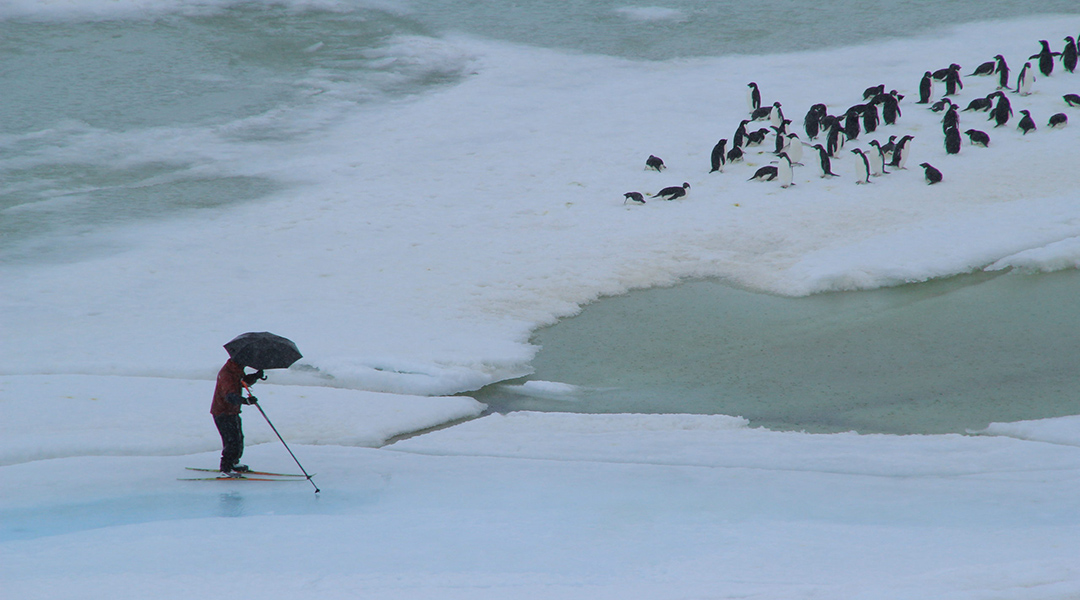
New research suggests an increase in lightning strikes and liquid precipitation, which will affect sea level and penguin colonies.
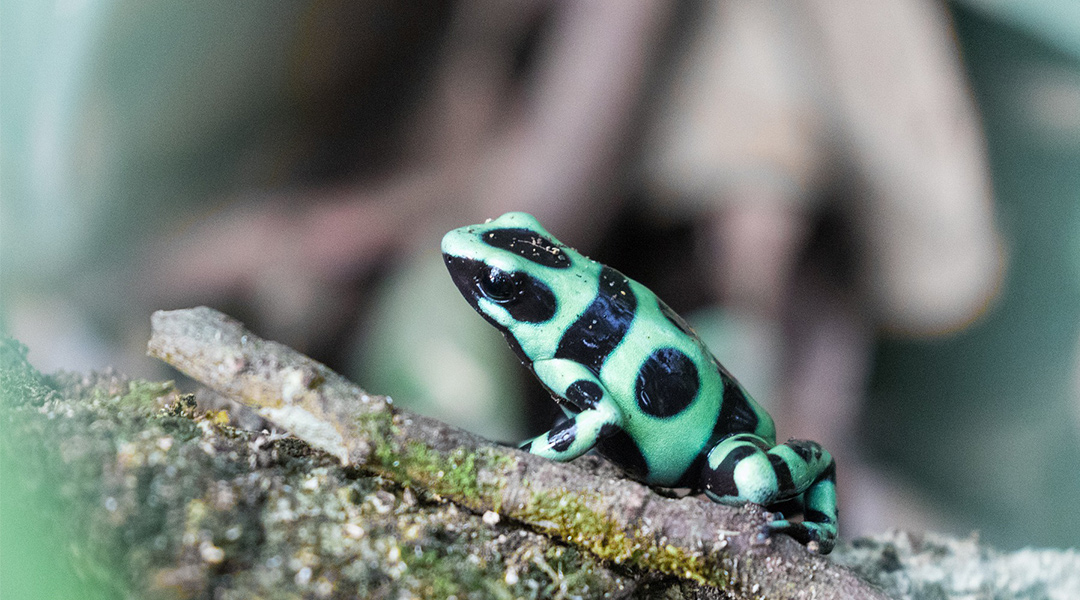
Scientists in Japan have devised an efficient way to create the backbone to a whole family of natural products, thus unlocking potential new medicines.
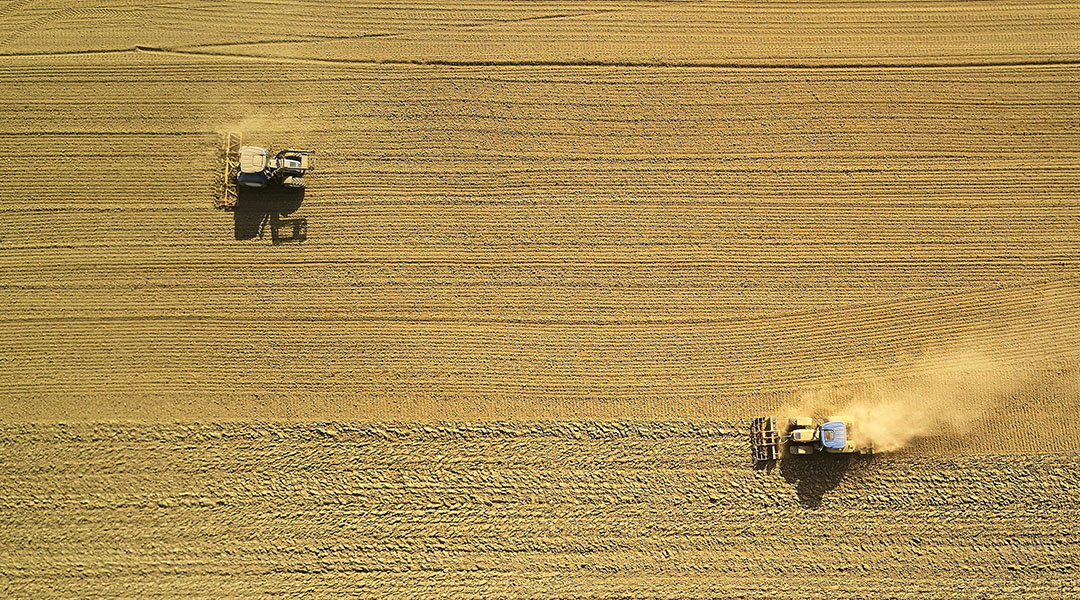
A new approach to the synthesis of sustainable ammonia and urea uses food waste and brown water as feedstocks.

As climate finance becomes increasingly private and debt-based, both risk slowing long-term decarbonization and a shift of power away from government toward market actors.

The grandfather of climate science, Milanković’s theory of a complex feedback loop–driven climate would come to define the field.